It was initially named Navajo House of Prayer, but officially opened as the Museum of Ceremonial Art. By the 1970s, The Navajo Medicine Man’s Association requested that several Navajo medicine bundles (owned by the museum) be repatriated to them; the museum agreed. In 1977, eighty oil paintings of sandpaintings (used in Navajo ceremonies) were also repatriated to the the Association. The name of the museum was changed to its current one, Wheelwright Museum of American Indians.
Today, it is the oldest non-profit, independent museum with exhibits of historic and contemporary Native American art. There are changing exhibits (one was being installed when we visited). Go to their site (www.wheelwright.org) for information about upcoming exhibits and other programs at the museum.
Wheelwright is home to the Jim and Laura Phillips Center for the Study of Southwestern Jewelry. The collection is the most comprehensive collection of Navajo and Pueblo jewelry in the world.
The stone and shell necklaces below were worn by Zuni women in the early 1800s. As early as 600 AD, the Zuni took bison hides and turquoise to the Pacific to trade for shells. Also shown are examples of metalwork with silver. On the left is a bridle made by the Navajo.
Silversmithing was practiced by the Navajo and in Pueblos. The first photo below is of men’s adornments (of the late 1850) and the second women’s adornments.
Concha belts were the earliest form of jewelry made by the Navajo and Pueblos. Initially, they had a narrow strip running through the domed silver pieces. The design evolved and various materials were used to hold the silver together to form a belt.
Below are two display cases of Zuni jewelry, the earlier pieces are in the first photo. The second one showcases the complex designs of Zuni jewelry created in the twentieth venture.
The Hopi created their own style of silver pieces and jewelry with unique designs, to distinguish them from the other Native American people.
By the 1980s, silversmithing by Native Americans expanded to making intricately designed boxes and other specialized items.
Silversmithing remains an important commercial endeavor for the Native Americans of southwest. Because the other exhibit on this floor was under construction, we continued to the lower level where contemporary art pieces can be seen.
The museum shop, the Case Trading Post, was established in 1975. It is a replica of a turn-of-the-century (1900) trading post. You can purchase Native American contemporary craft and fine arts here. There is also a large selection of jewelry, ceramics and textiles.
As we were leaving the museum, we saw this impressive bronze sculpture group at the corner of the Old Santa Fe Trail and Camino Lejo. Entitled, Journey’s End, It represents a lead wagon of a trail caravan on its final approach into Santa Fe. Looking back at the wagon is an outrider and on the right a Hispanic boy and his dog running to watch.
Finally, a Pueblo woman observes the scene as well.
I really enjoyed the different perspectives represented by the collection of observers. The artist is Renaldo Rivera and it was completed in 2002, and dedicated at this site in 2003.
This wrapped up a busy day for us as this was our second museum today. It’s always fun to run across interesting roadside attractions like Journey’s End. Take time to smell the roses!
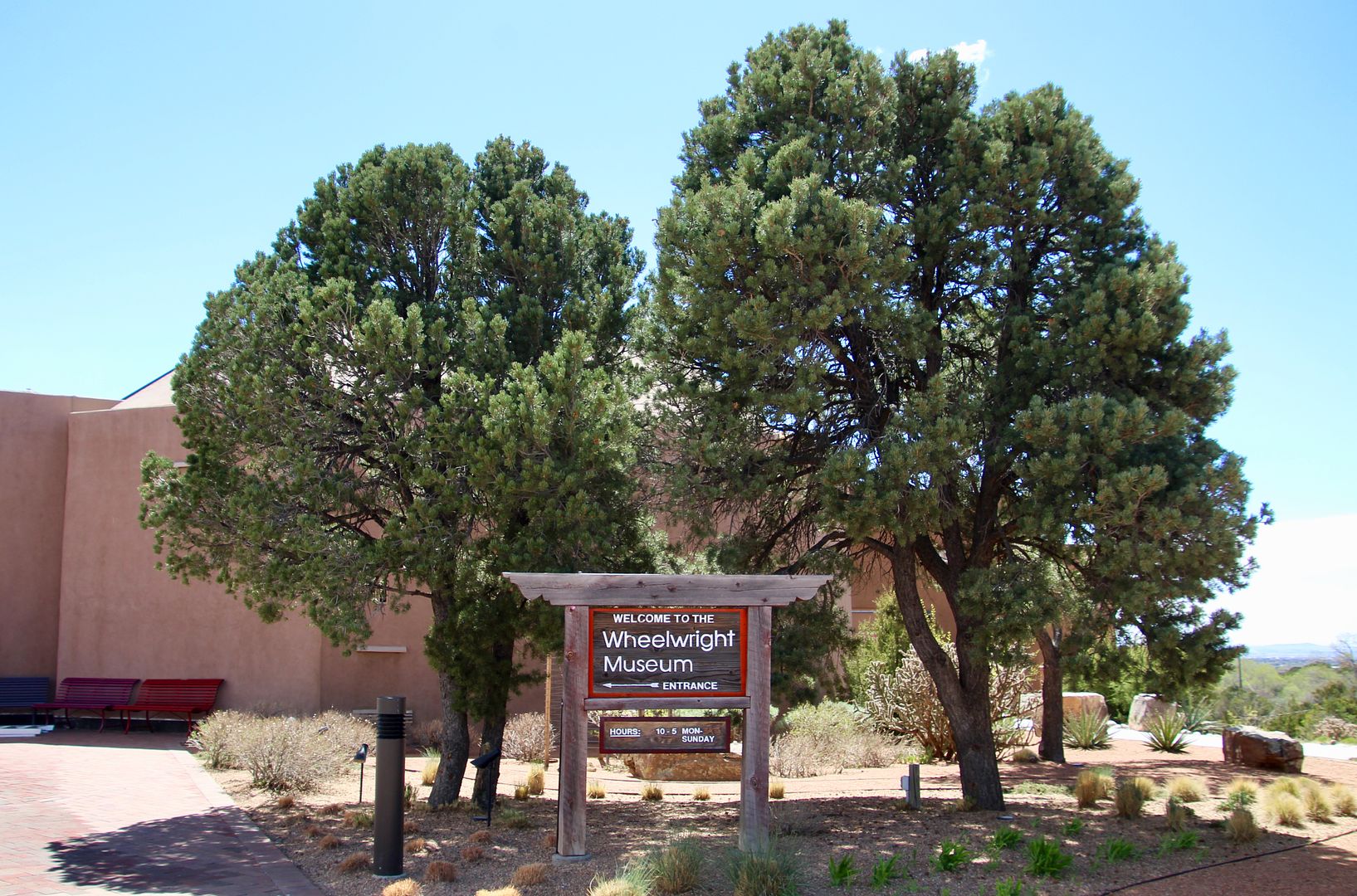
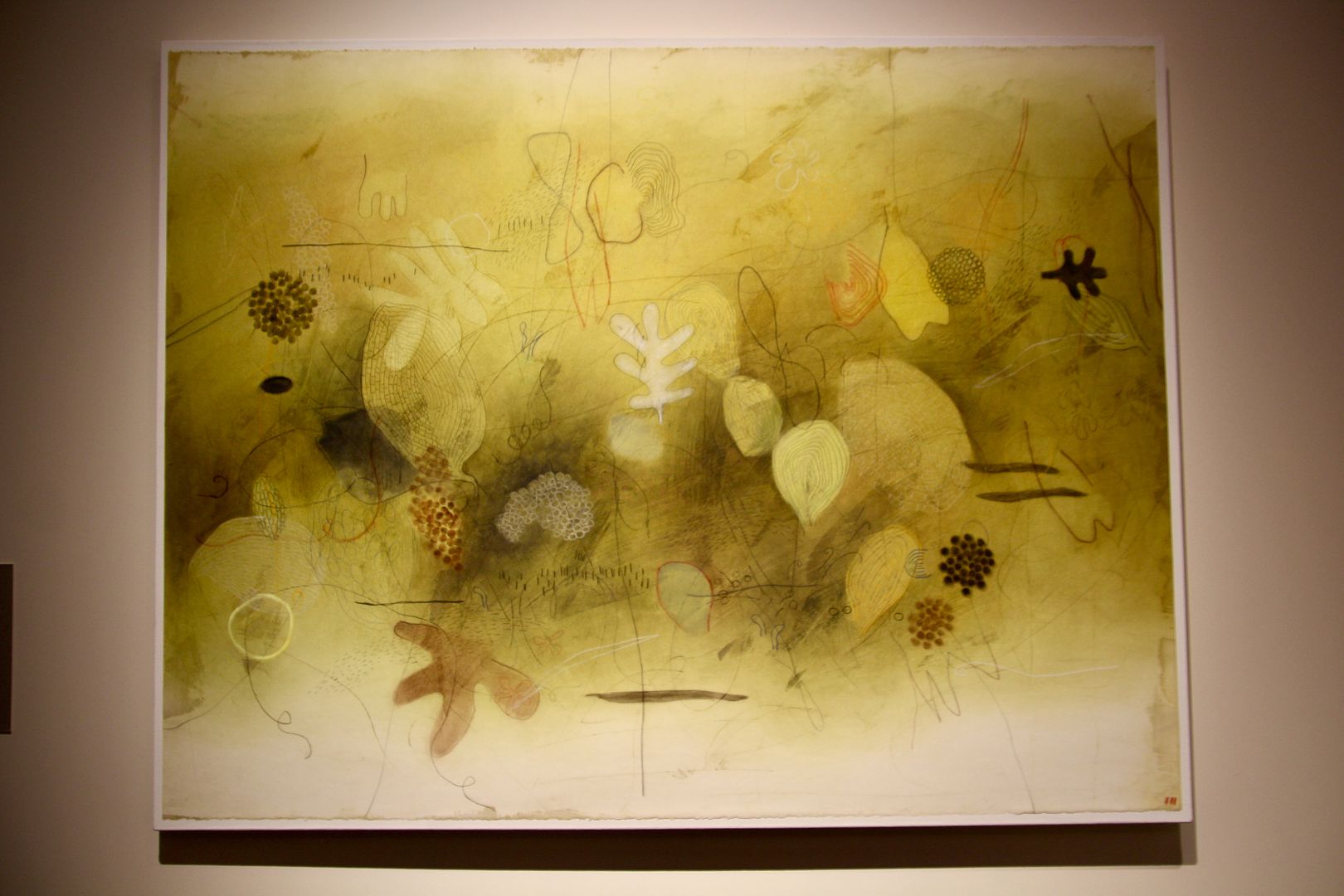
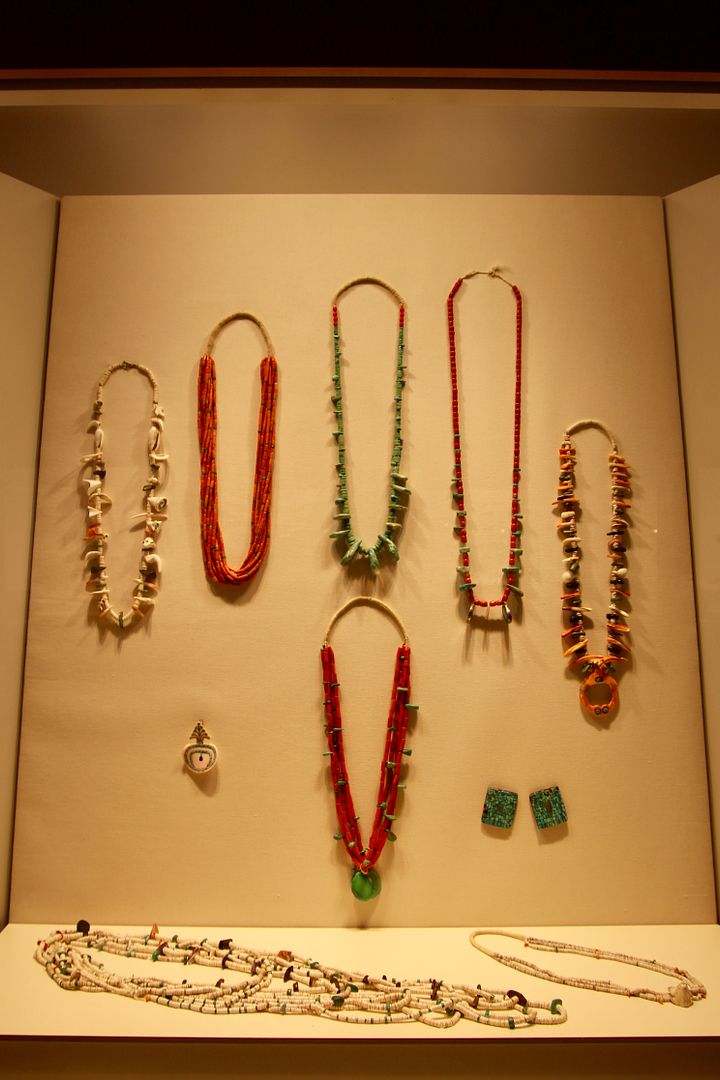
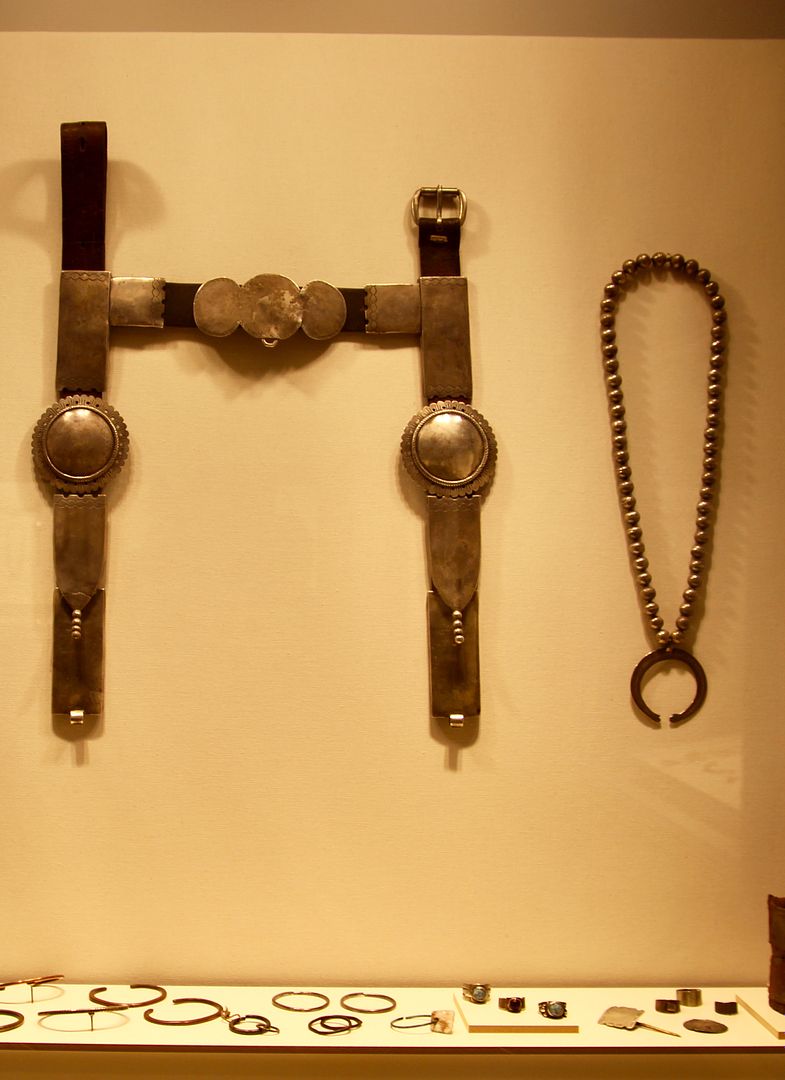
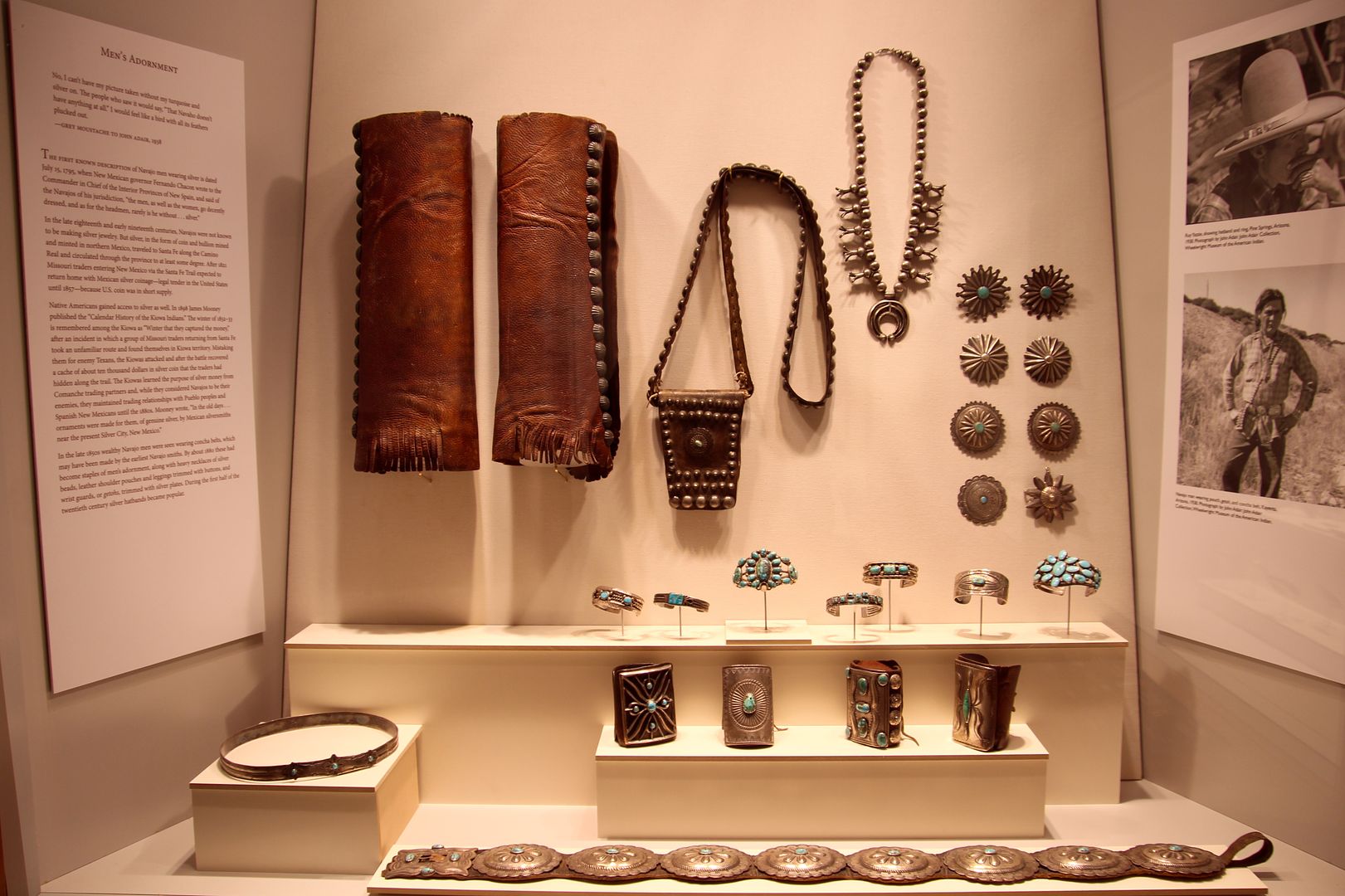
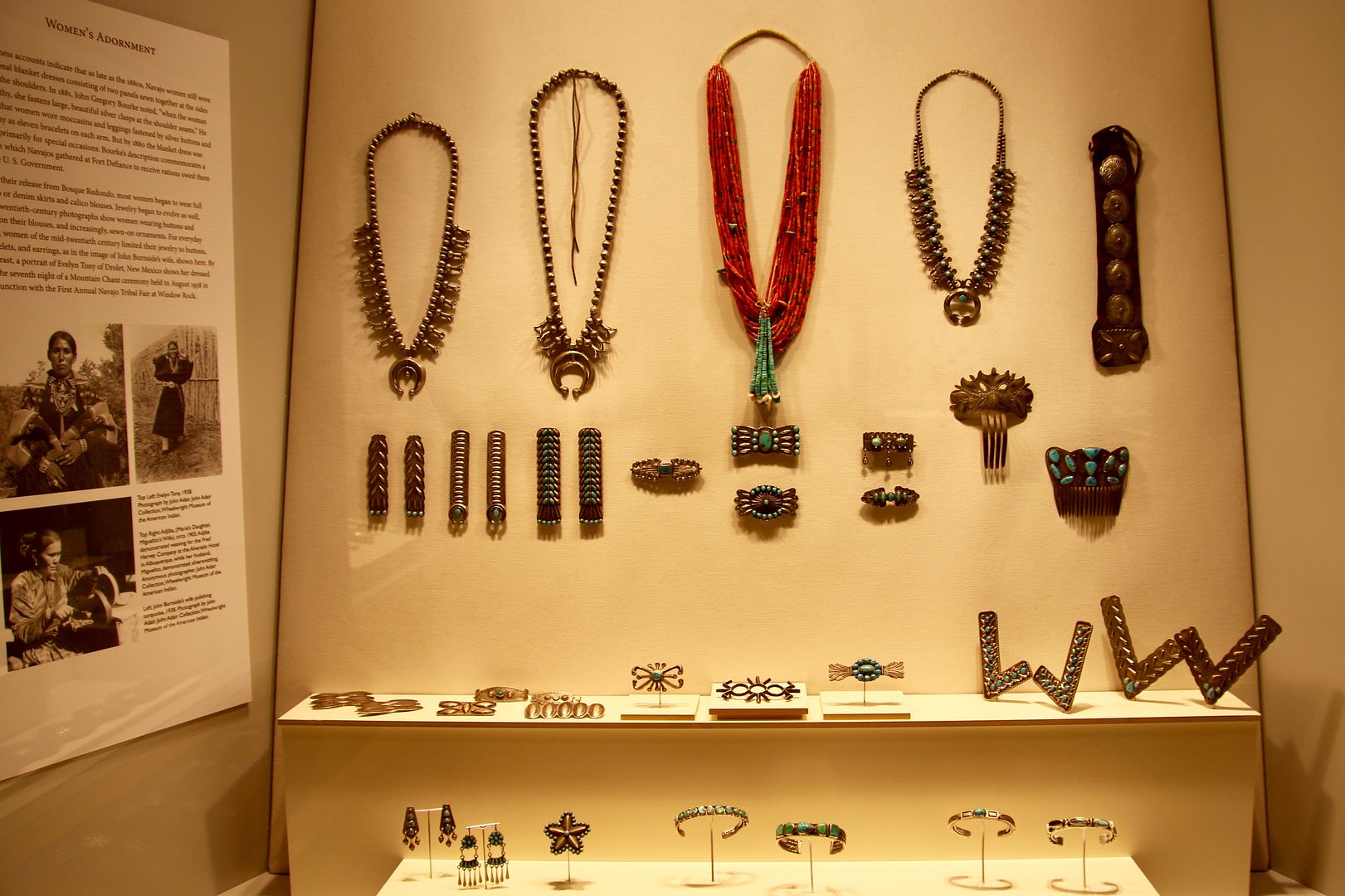
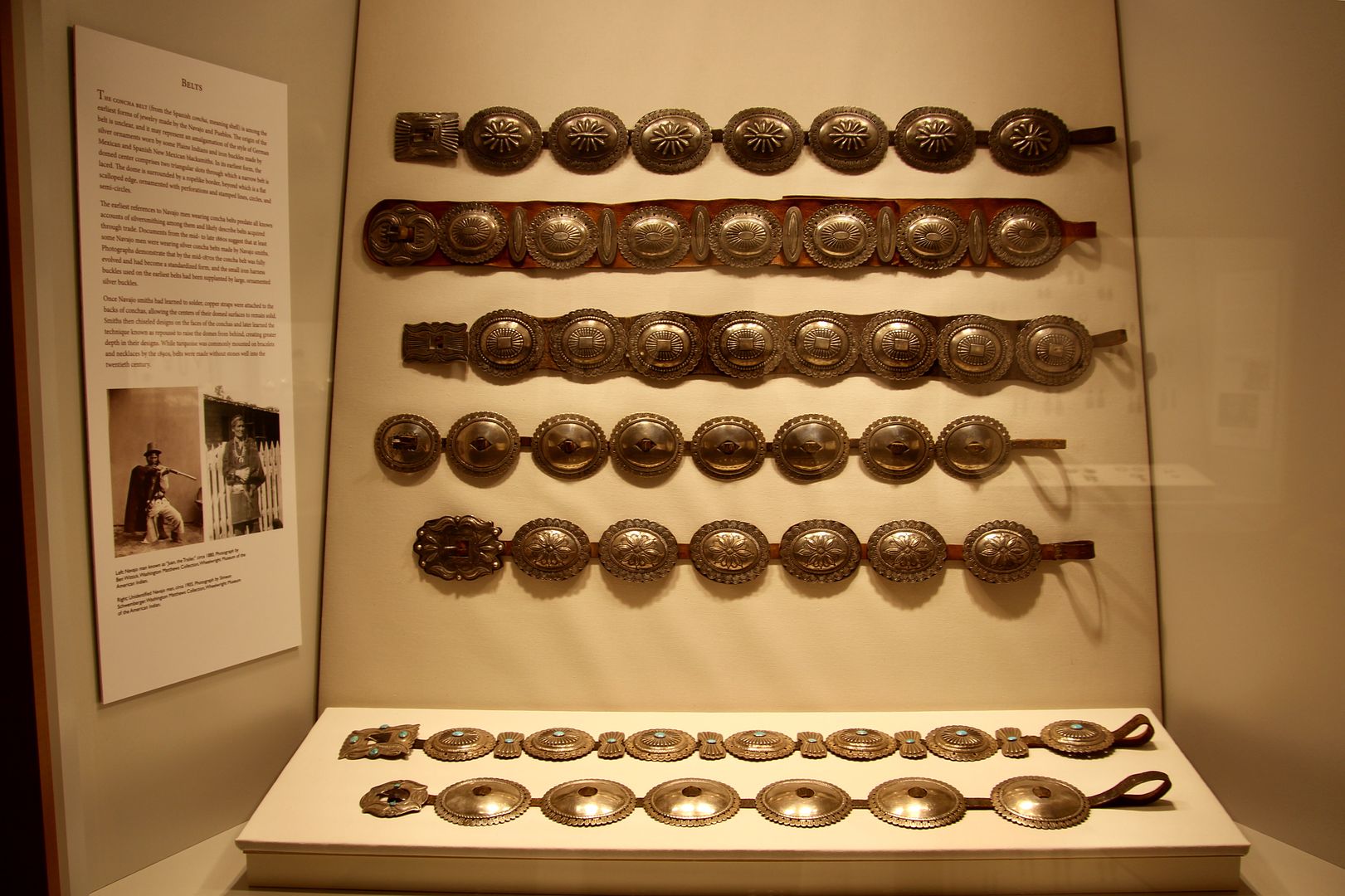
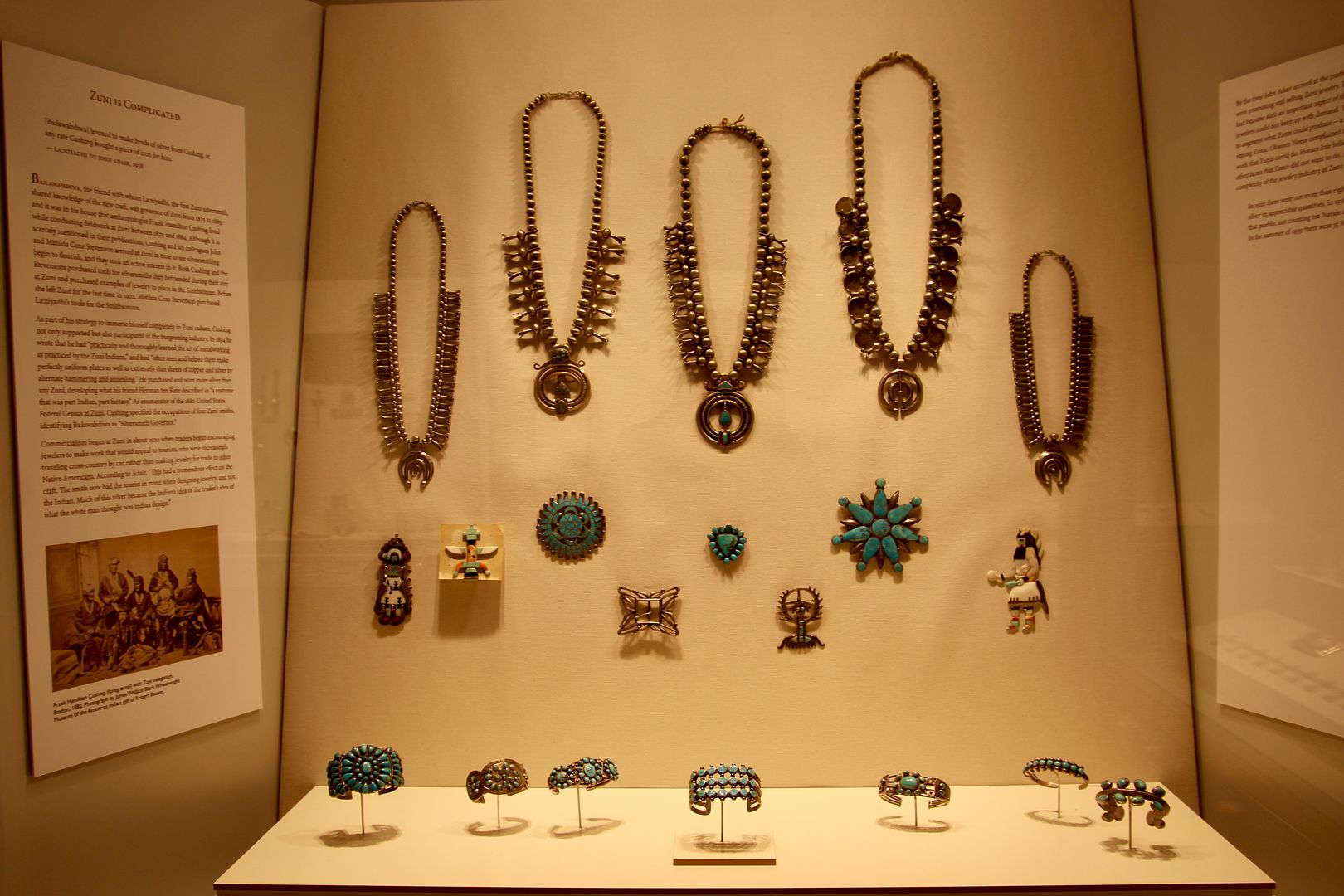
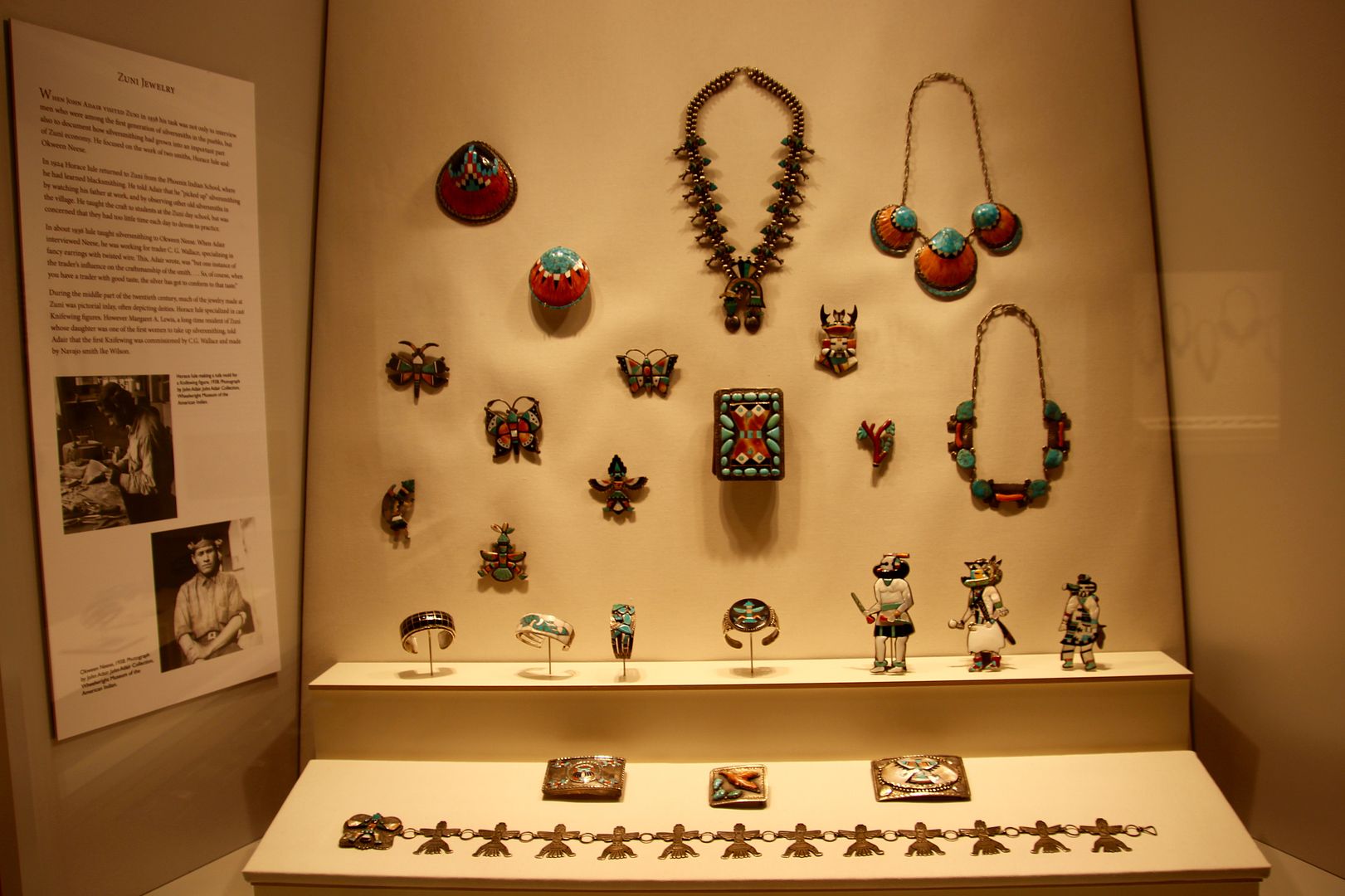

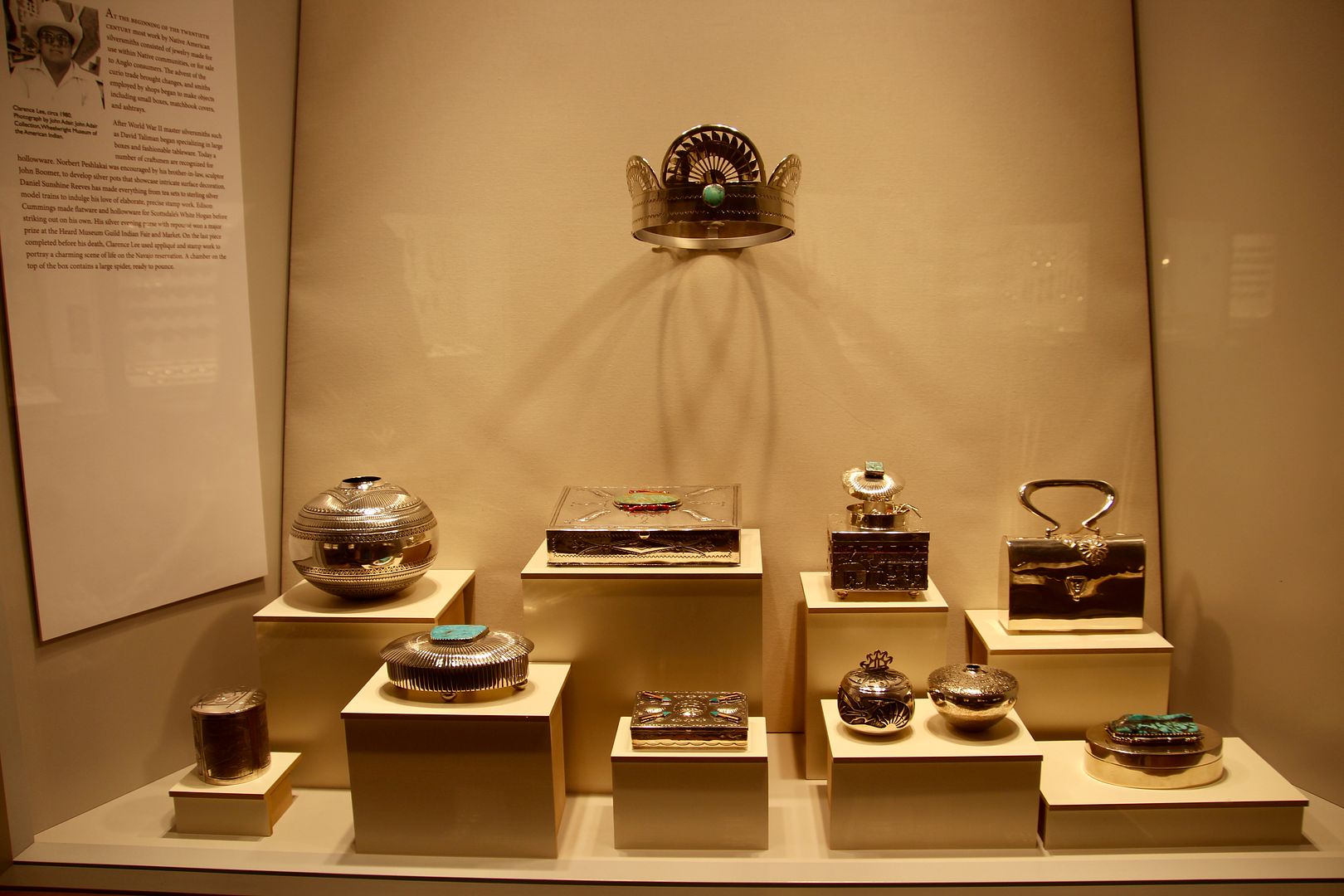

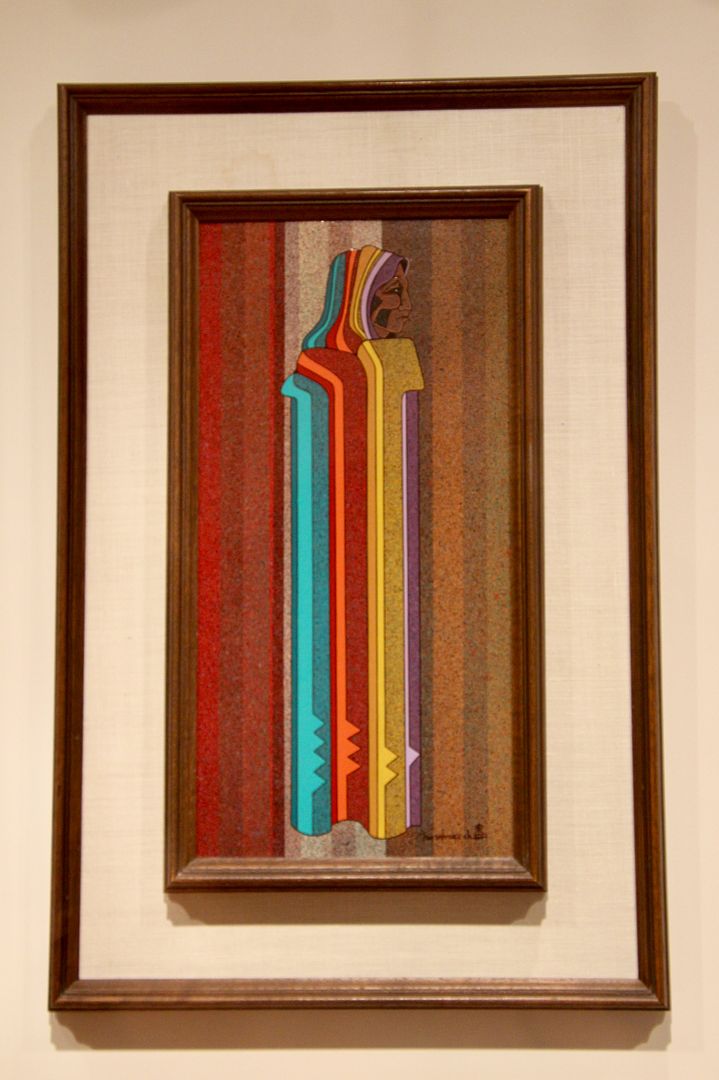
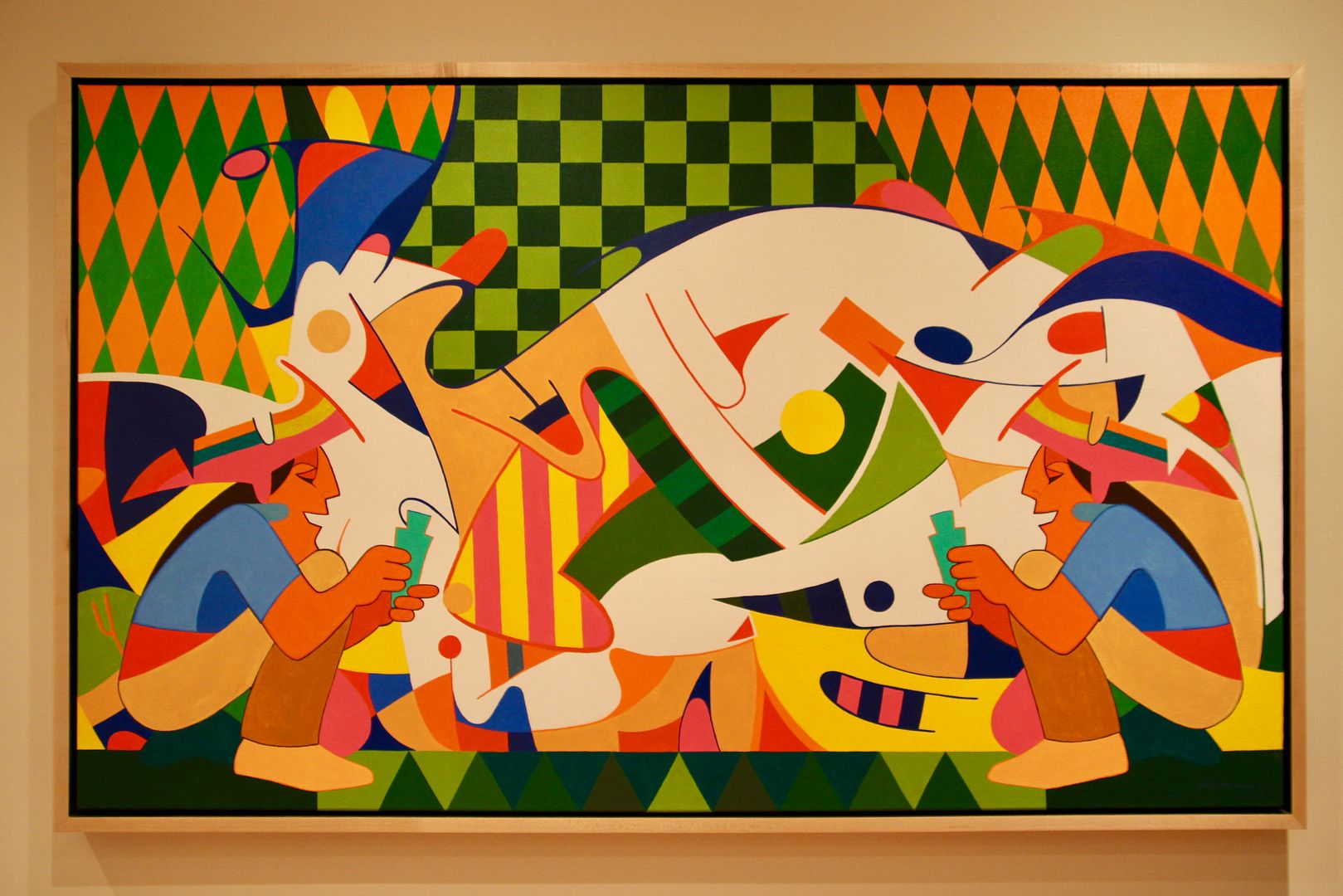
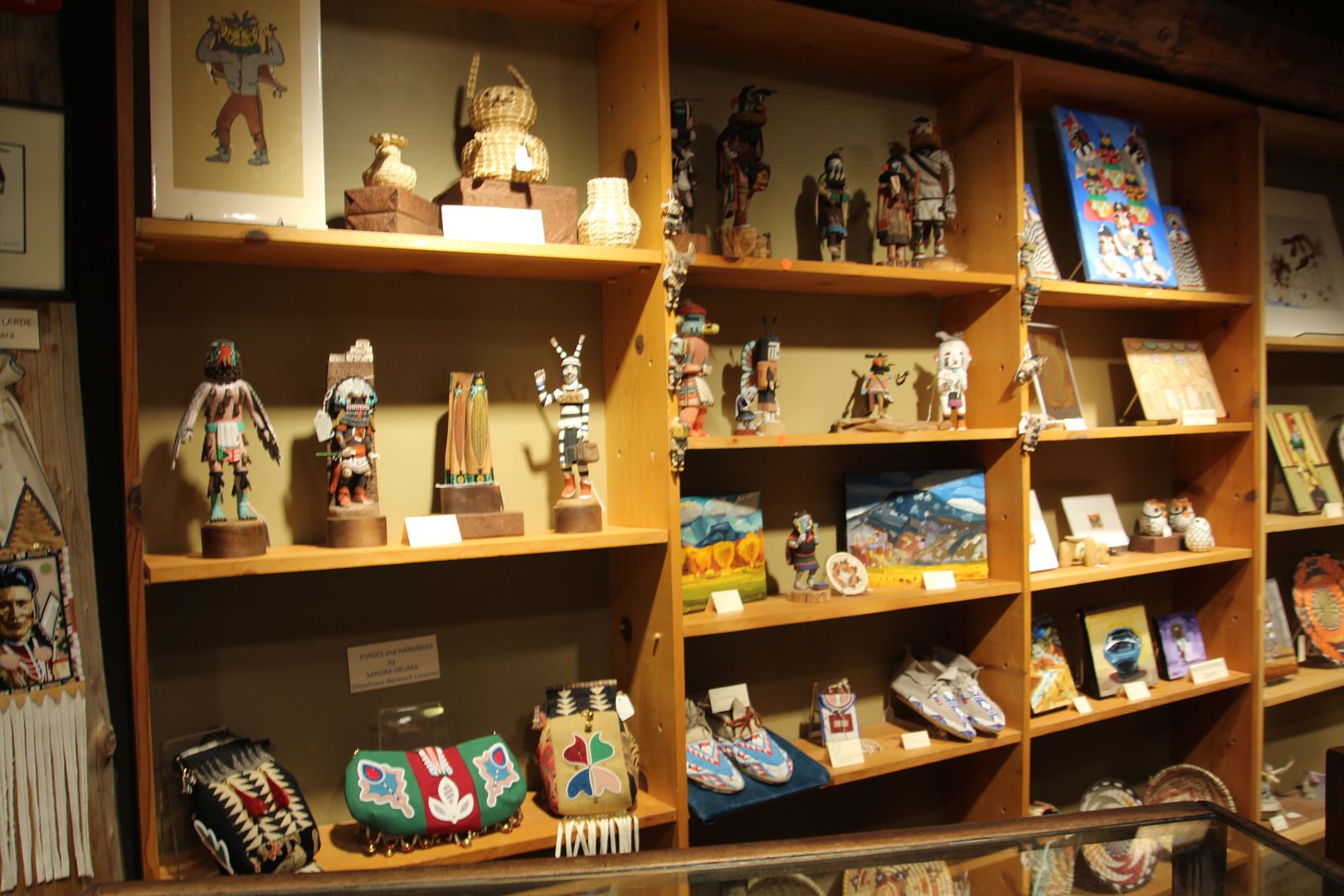
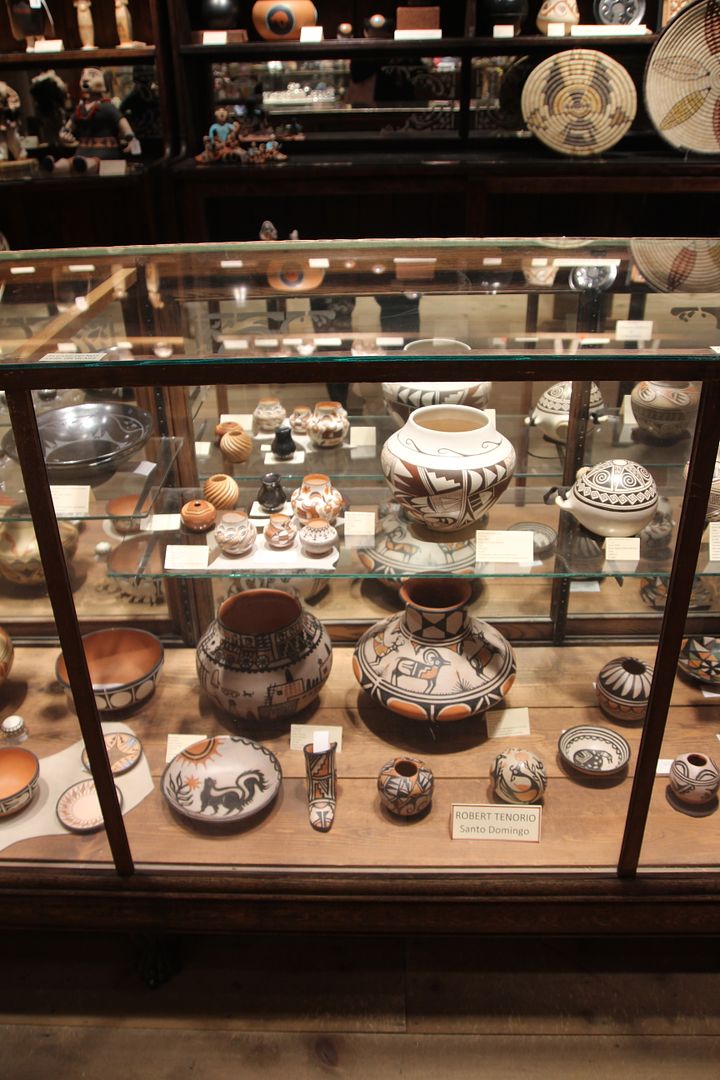
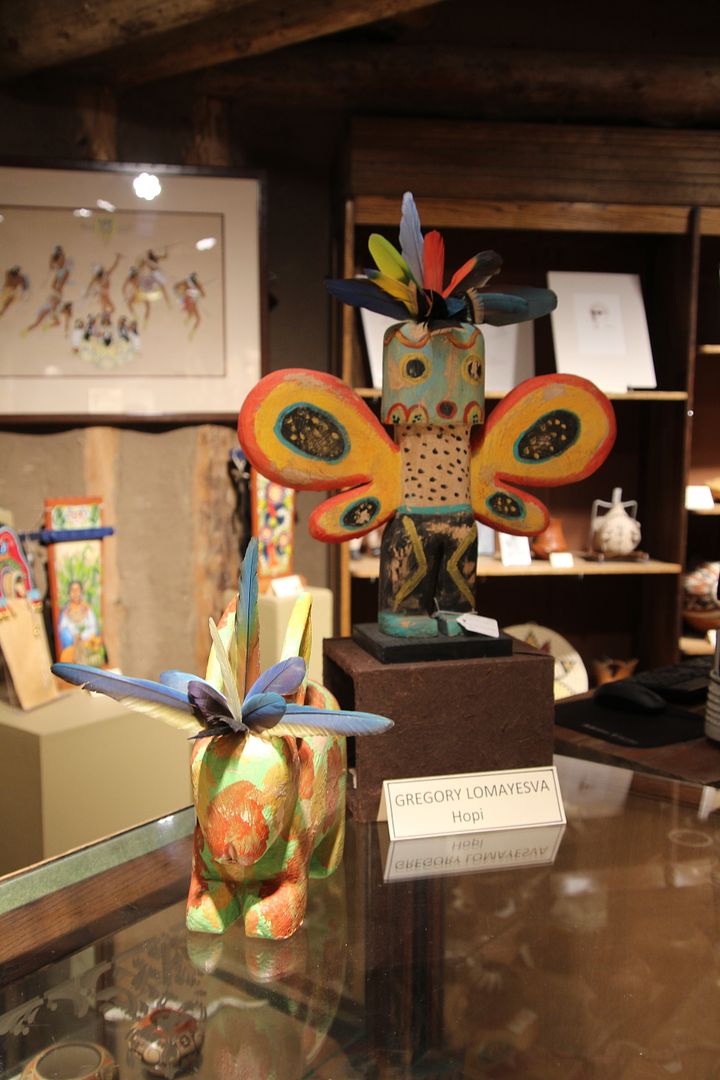
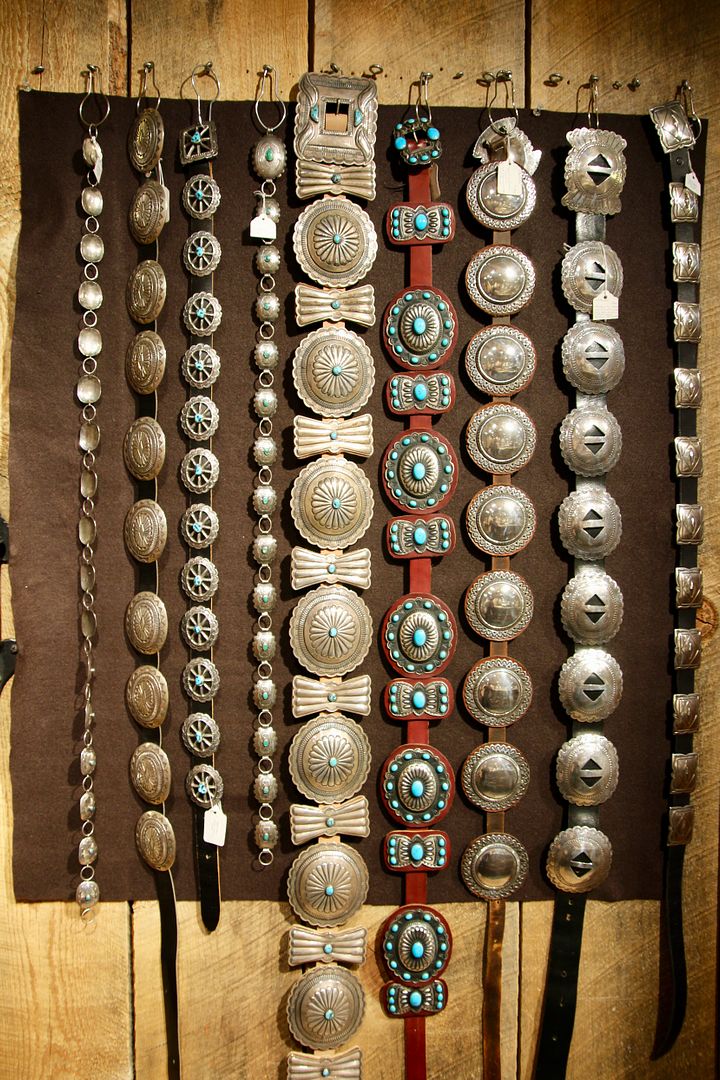
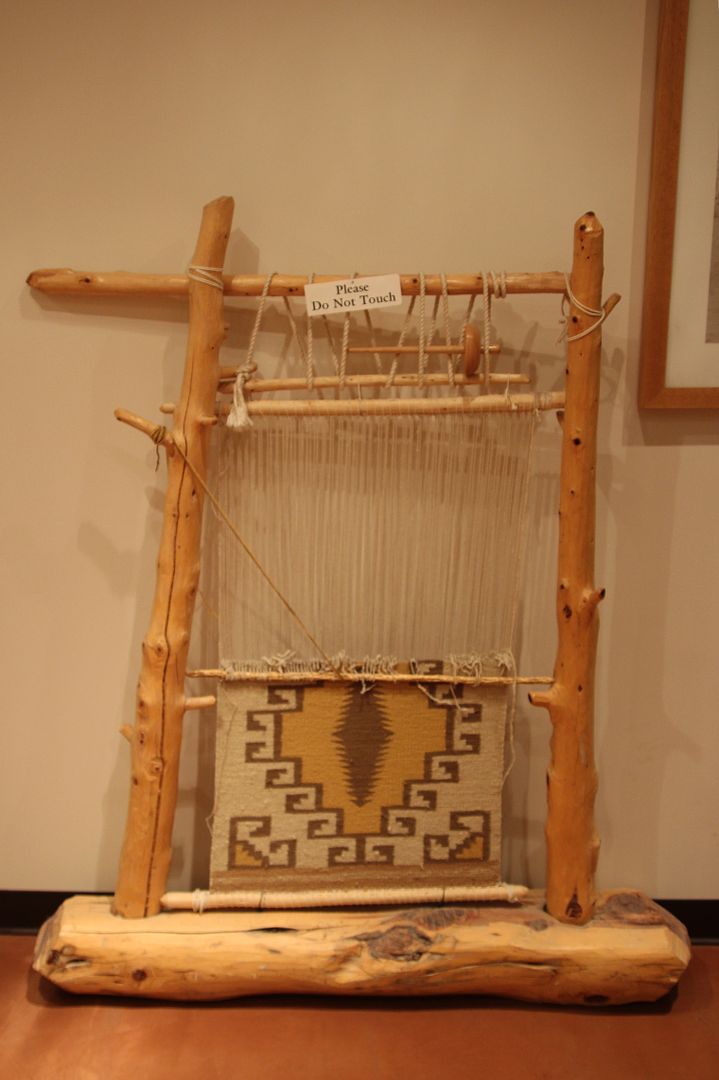
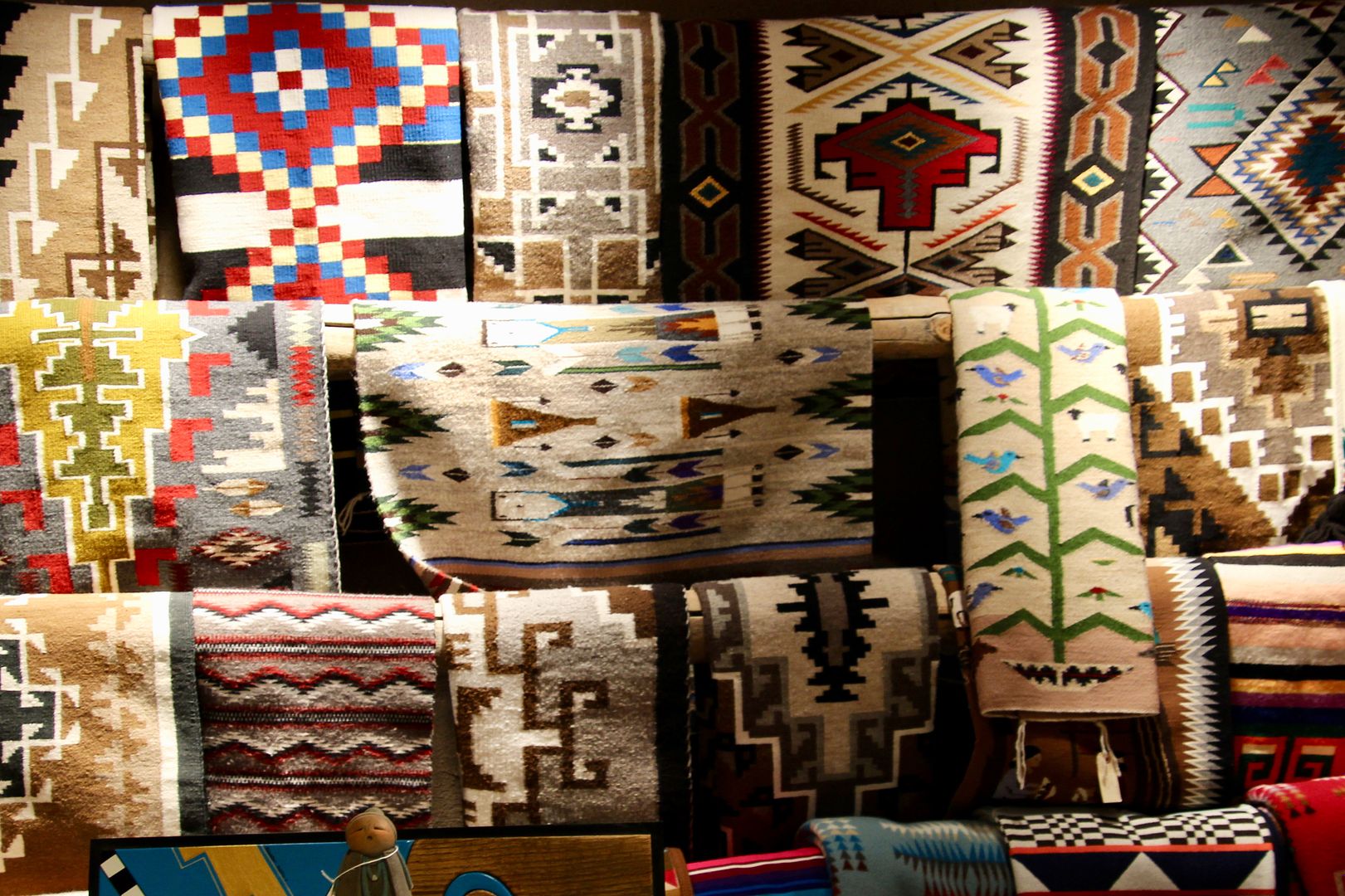
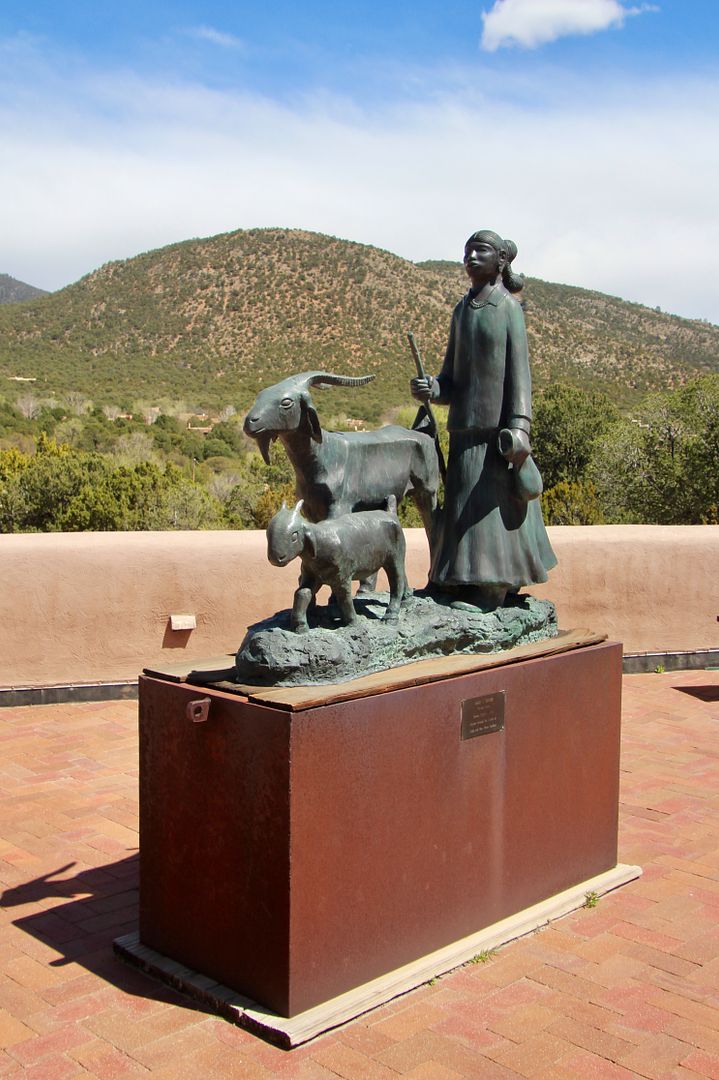

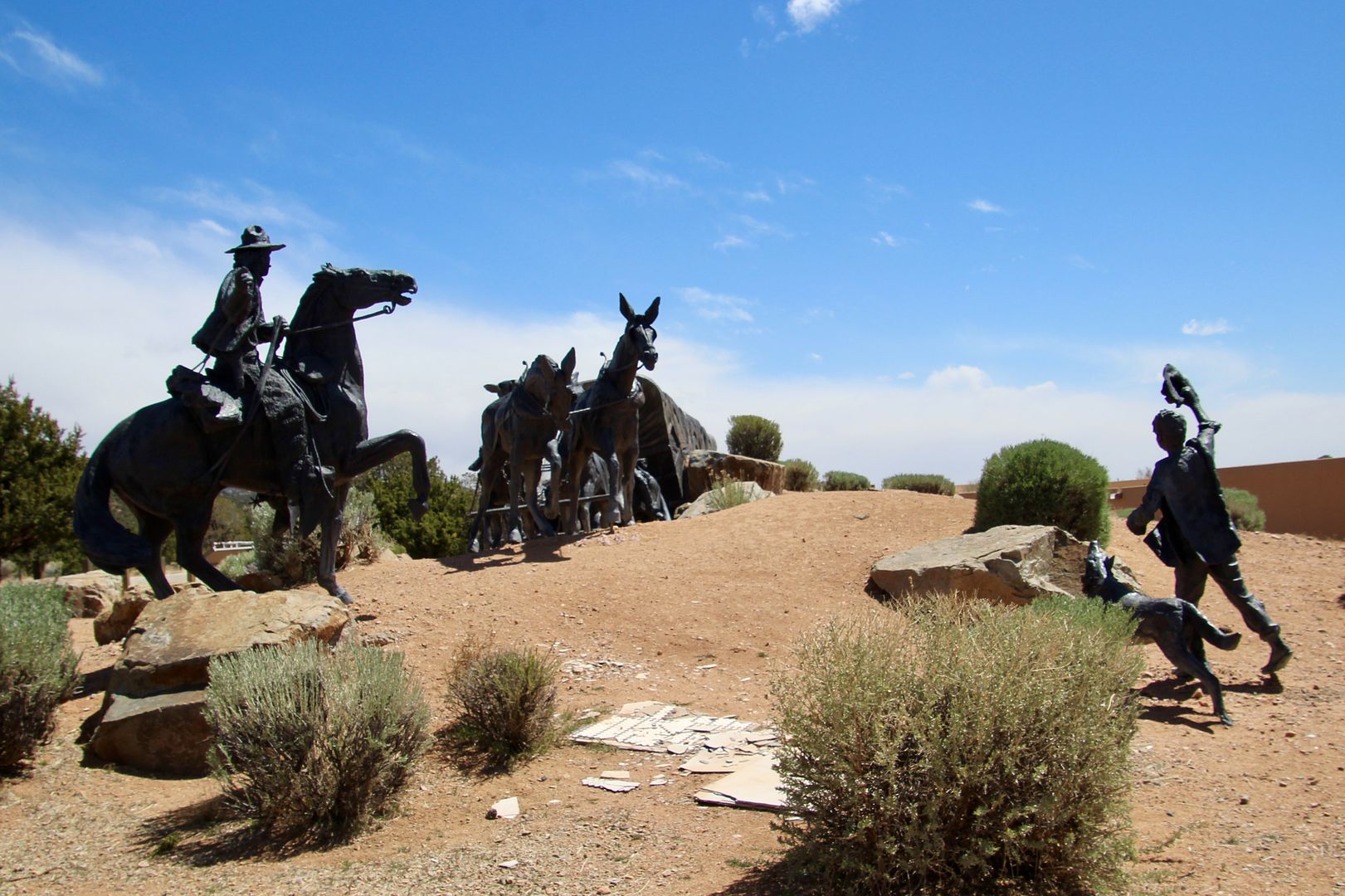
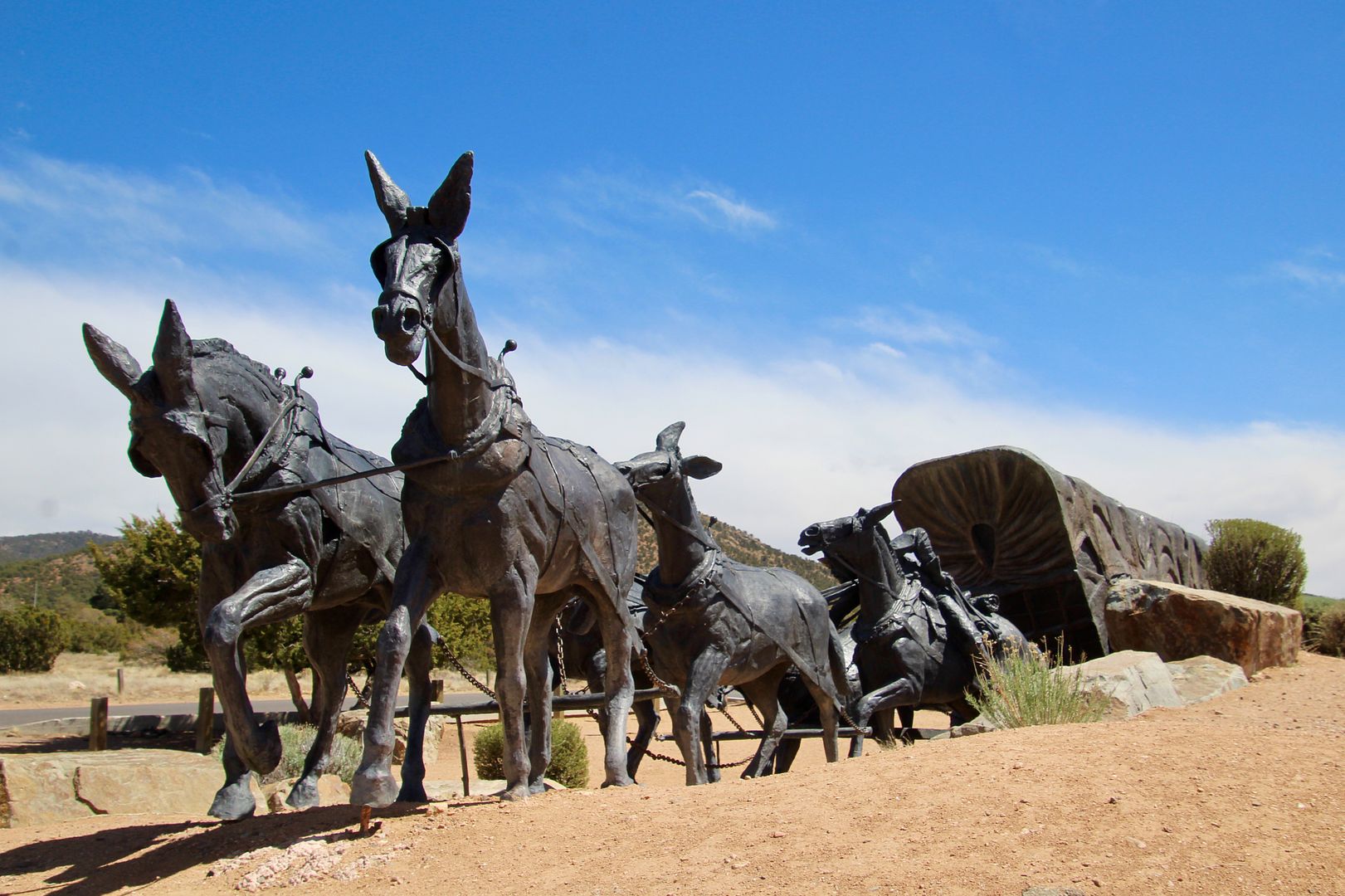
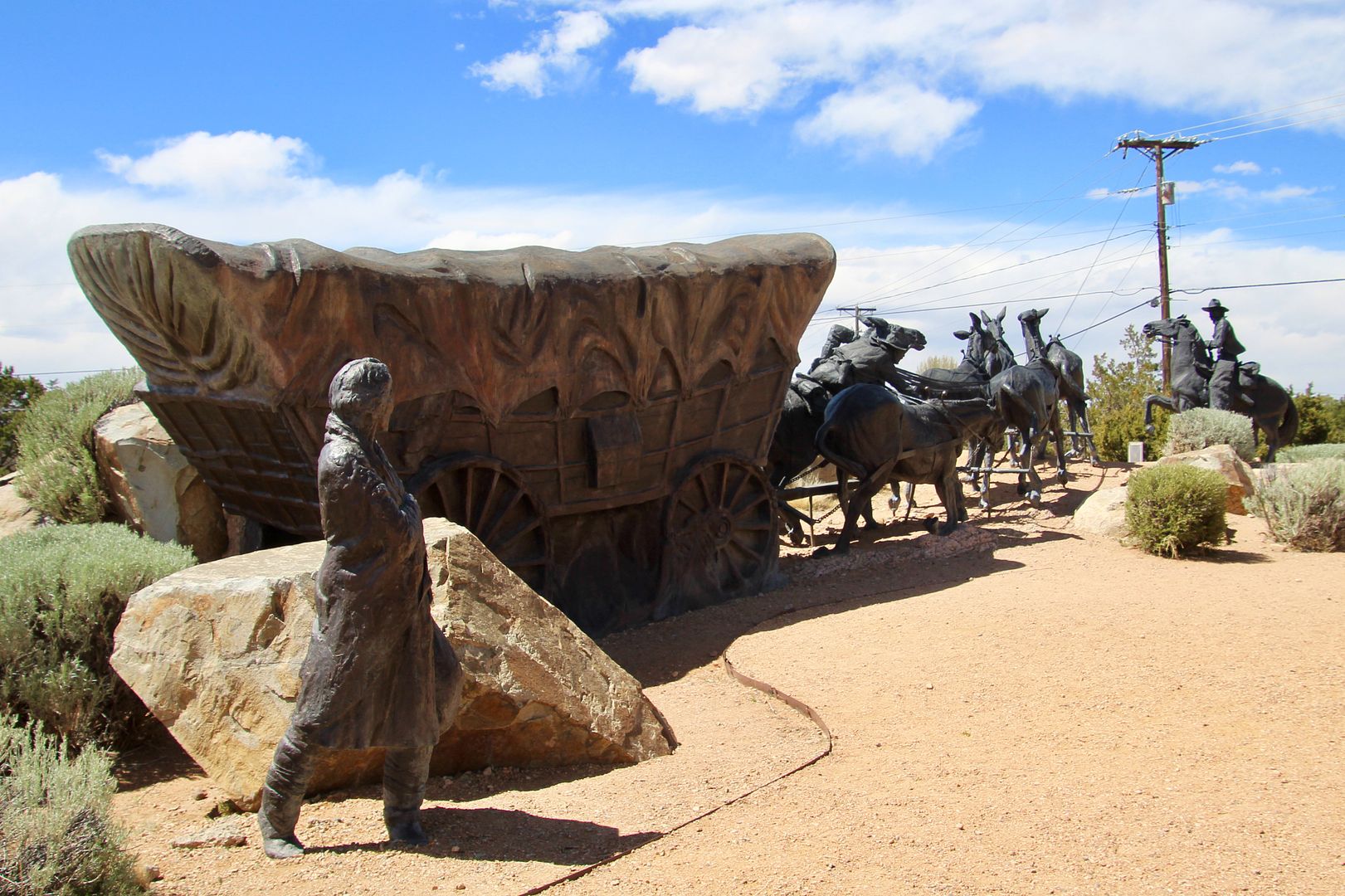
No comments:
Post a Comment